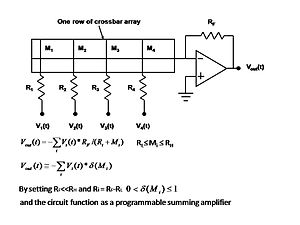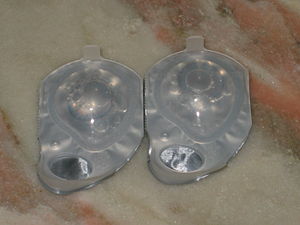Can science reinvent the economy?
We have created a monster. Financial markets have grown so complex that neither intuition nor standard economic models can get to grips with them. So what's to be done to avoid a repeat of the financial disasters of the past couple of years? In this special feature, Mark Buchanan looks at some of the creative ideas being explored to tame the markets, not just by economists, but by physicists, engineers, biologists and others.
1. Bubble math : Common sense would have suggested that the huge housing bubble would lead to disaster: so why did some financial institutions assess risks with models that ignored the possibility that prices might fall?
2. The human factor : Purely mathematical approaches to predicting the economy have a big drawback – the irrational behaviour of people
3. Network solutions : Bubbles are nothing new, but now a bubble in just one country can cause the whole world's economy to collapse – so how do we stop the dominoes toppling?
4. Predicting the big one : According to classical economics, financial crises don't happen – clearly, then, there is a lot wrong with classical economics
5. An economy in a computer : Can we pack an entire economy, with all its complex human and political interactions, into a computer? Yes, say experts, as long as we're bold enough about it
6. Out of kilter : Trying to predict markets in the same way as earthquakes comes with the same limitations – it does not tell us when and where the next cataclysmic event will be
7. Will it be enough? : For all science can tell us, we might in the end have to accept that we are at the mercy of the markets – and ultimately human nature
An Excerpt from Out of kilter :
Trends in macroeconomics are the sum of microeconomic decisions, but attempts to extrapolate from the one to the other are by necessity grossly oversimplified, says Eric Weinstein, a physicist who works for the Natron Group, a hedge fund in New York City. At the moment, that ideal is confounded by the sheer number of individual interactions in any real market. The result is a gaping divide between microeconomics (the study of how individual people and companies in a market make decisions to buy and sell) and macroeconomics (the study of movements in economy-wide indicators such as GDP, inflation and unemployment).
Might physics help in bridging the divide? Physics also deals separately with the microscopic - the individual movements of particles in a gas, say - and the macroscopic, for example when the sum of those movements creates a pressure that enables a gas to push a piston. But it also has mathematical frameworks, such as statistical mechanics, capable of bridging the gap between them.
Weinstein has been involved in one of the most audacious attempts to meld physics and economics: showing how gauge theory, the mathematical underpinning of the quantum field theories of the standard model of particle physics, might be the key to a rational theory of economics based only on physically observable quantities, rather than hypotheticals akin to the economists' list of ordered preferences. Impressed by this idea, physicist Lee Smolin of the Perimeter Institute in Waterloo, Ontario, Canada, has recently studied how gauge theory ideas might be incorporated into some basic economic theories about how markets work.
Some physicists suggest that these models can be used to identify particular moments when markets are likely to make big moves. Neil Johnson of the University of Miami in Florida has used agent models to show how "windows of predictability" open up when many agents come to hold similar beliefs, meaning that they are likely all to act in a similar way in the near future. In one demonstration, he and his colleagues were able to use this technique to predict the movements of a foreign exchange market with more than 90 per cent accuracy


![Reblog this post [with Zemanta]](http://img.zemanta.com/reblog_e.png?x-id=aed40cb7-88b2-4e57-af7b-345adb162027)

![Reblog this post [with Zemanta]](http://img.zemanta.com/reblog_e.png?x-id=cc4635c9-d2fb-4563-9b8c-954c4943215f)



![Reblog this post [with Zemanta]](http://img.zemanta.com/reblog_e.png?x-id=6bc57e7f-5104-4570-a148-f32846188d9c)

![Reblog this post [with Zemanta]](http://img.zemanta.com/reblog_e.png?x-id=0a09d301-6990-41cb-8767-a9132de10d50)





![Reblog this post [with Zemanta]](http://img.zemanta.com/reblog_e.png?x-id=8ec04471-4df7-4044-8108-c3a14cd3a8f8)

![Reblog this post [with Zemanta]](http://img.zemanta.com/reblog_e.png?x-id=404da4f0-532d-4c76-ab26-b9bf9680c53d)


